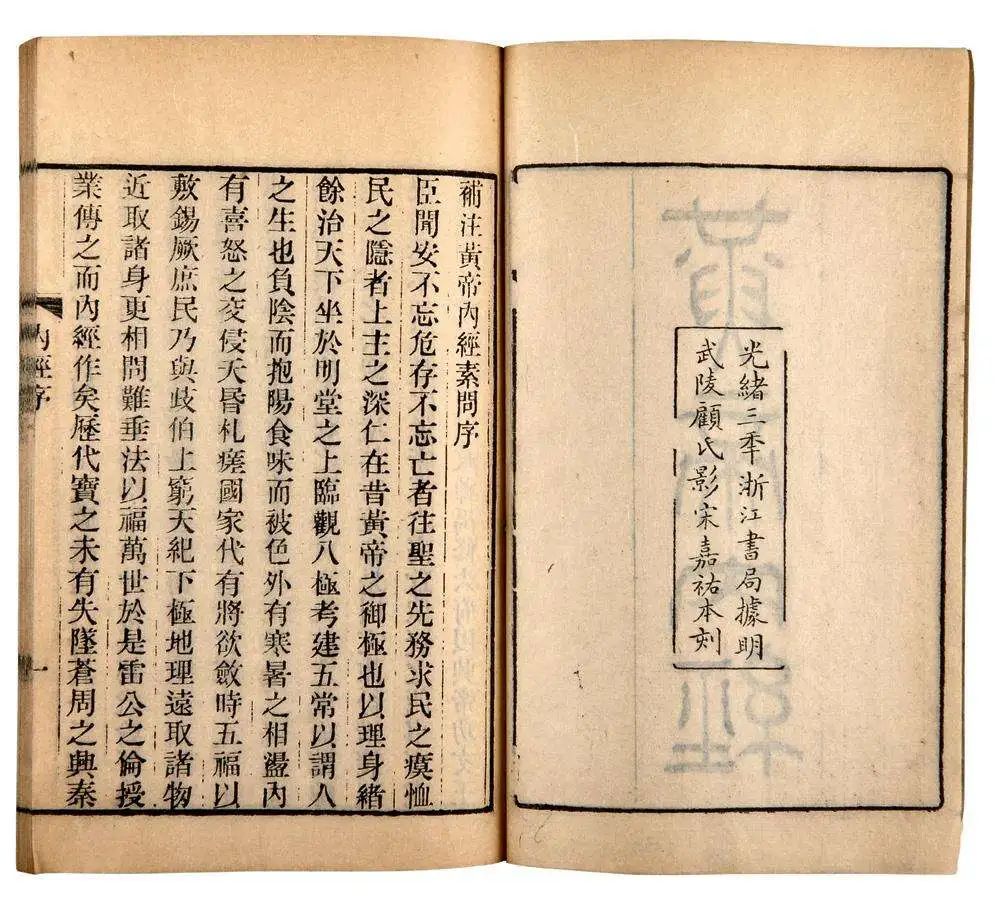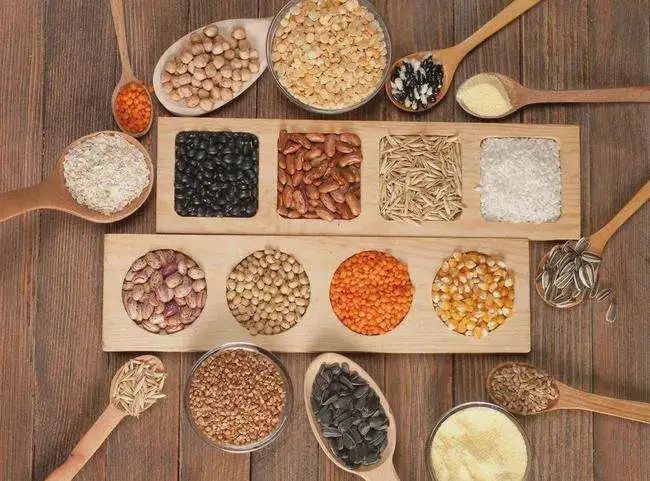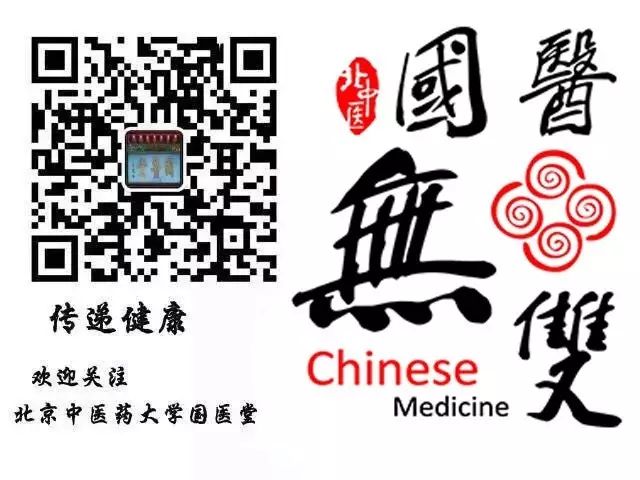Nourishing
Life
Path
Traditional Chinese Medicine (TCM) advocates for personalized health maintenance based on individual, temporal, and geographical factors. The general principle is to harmonize yin and yang, align with nature, maintain a cautious lifestyle, regulate the organs, ensure smooth meridian flow, and nurture both body and spirit. The TCM philosophy of tailoring health practices to individuals translates into health maintenance as ‘nourishing according to the person’ and ‘protecting according to the constitution.’ Health maintenance should be individualized based on different constitution types. Today, we will discuss dietary nurturing methods for the harmonious constitution.

1. Principles of Nurturing
The first principle of dietary nurturing for the harmonious constitution is dietary balance, which requires food diversity. The Suwen: Zang Qi Fa Shi Lun clearly states: ‘The five grains nourish, the five fruits assist, the five livestock benefit, and the five vegetables supplement; harmonize flavors and consume them to replenish essence and vital energy.’ This reflects the holistic view of balanced dietary practices in traditional Chinese cuisine.
On the basis of a balanced diet, dietary nurturing for the harmonious constitution should also pay attention to flavor harmony and seasonal appropriateness, selecting suitable foods according to different seasons to maintain the yin-yang balance of the body and ensure health.

2. Dietary Dos and Don’ts
Diet should reasonably combine coarse and fine foods, emphasizing the consumption of whole grains, vegetables, and fruits while minimizing overly greasy and spicy foods; avoid excessive hunger or fullness, and refrain from consuming excessively cold, hot, or unclean foods; pay attention to quitting smoking and limiting alcohol.

3. Examples of Medicinal Dishes
(1) Shepherd’s Purse Egg Soup
Ingredients: 240g fresh shepherd’s purse (Jie Cai), 4 eggs, appropriate amounts of salt, monosodium glutamate, and vegetable oil.
Preparation: Clean the fresh shepherd’s purse, cut it into sections, and place it in a dish. Beat the eggs in a bowl and mix them in one direction with chopsticks. In a hot wok, add water and cover to boil, then add vegetable oil, followed by the shepherd’s purse. After boiling, pour in the eggs and cook for a moment, adding salt and monosodium glutamate before serving in a large soup bowl.
Effects: Nourishes the heart, calms the spirit, soothes the liver, brightens the eyes, clears heat, and promotes urination. Suitable for spring health maintenance for those with a harmonious constitution.
(2) Bitter Melon and Yellow Bean Soup with Pork Ribs
Ingredients: 1000g fresh bitter melon (Ku Gua), 100g yellow beans (Huang Dou), 500g pork ribs (Zhu Pai Gu), 2-3 slices of ginger.
Preparation: Clean the bitter melon, remove the seeds, and slice it; rinse the yellow beans and soak slightly; clean the pork ribs and cut them into sections. Place them with ginger in a clay pot, add 1500mL of water (about 6 bowls), bring to a boil over high heat, then simmer for 1 hour, adding appropriate amounts of salt and soy sauce.
Effects: Clears summer heat and dispels heat. Suitable for summer health maintenance for those with a harmonious constitution.

(3) Chestnut Stewed Chicken
Ingredients: 1 fat hen (Fei Mu Ji), 200g chestnuts (Li Zi), 10g almonds (Xing Ren), 20g walnuts (Hua Ren), 5 red dates (Hong Zao), a small amount of shredded ginger and scallions, and appropriate amounts of cooking wine, monosodium glutamate, salt, sesame paste, sugar, cooking oil, sesame oil, and bean flour.
Preparation: 1. Place walnuts and almonds in a bowl, blanch with boiling water, peel, and drain; fry the almonds and walnuts in a pot with oil until golden and mostly dehydrated, then spread on a plate to cool and crush into powder. 2. Cut the chestnuts in half. 3. Clean the chicken and cut it into 3cm cubes. Heat a wok, add oil, and stir-fry the chicken until golden, then add cooking wine, ginger, sugar, and soy sauce, cooking until golden. Add red dates, cover, and simmer for about 1 hour, then add chestnuts and simmer for another 15 minutes. 4. In another pot, boil water, mix in sesame paste, and add a little wet bean flour, stirring to thicken, then add 50g of cooking oil, stirring repeatedly to create bubbles, and drizzle with sesame oil before serving over the chicken, garnished with crushed almonds and walnuts.
Effects: Strengthens the spleen, boosts qi, stops cough, and resolves phlegm. Suitable for autumn health maintenance for those with a harmonious constitution.

Image source: Internet
Text by: Wu Taotao
Editor: Tong Changqing
References: Wang Qi. TCM Constitution Theory [M]. Beijing: China Traditional Chinese Medicine Publishing House, 2021.


